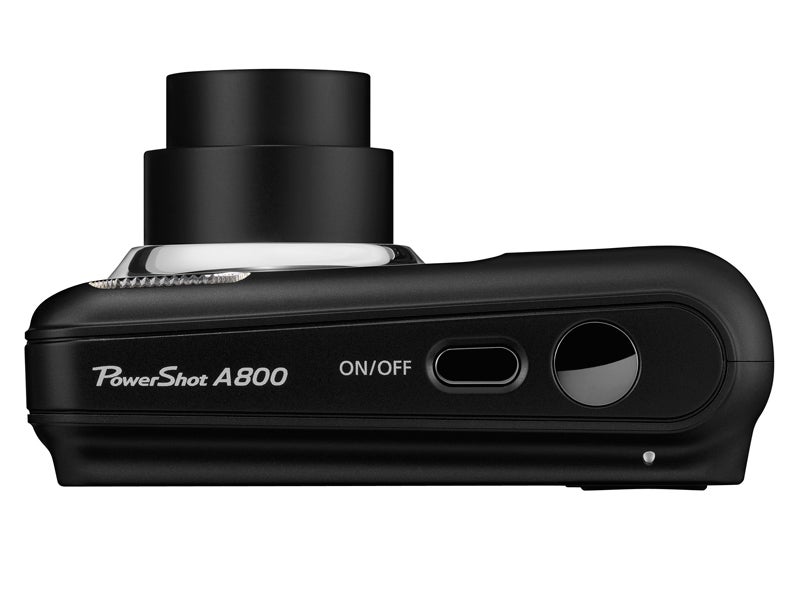Canon PowerShot A800 Review
Canon PowerShot A800 Review
With an ultra-low price tag the Canon PowerShot A800 is sure to be popular amongst those looking for their first compact. But what exactly does £80 buy you these days? WDC finds out...

Verdict
Pros
- Extremely low price tag, good performance, impressive image quality
Cons
- Sub-standard LCD screen, slightly limited specification
Key Specifications
- Review Price: £50
With such a low price tag you could forgive the A800 for scrimping on features, although at first glance this isn’t necessarily the case. The model features a 3.3x optical zoom, covering a focal range of 37-122mm, as well as a 10MP CCD sensor. Canon’s DIGIC III processor also features along with Smart Auto technology. The only area of the specification where it feels that Canon has scrimped is the LCD screen, being just 2.5in and with a resolution of just 115k-dots.
The A800 doesn’t feature the most refined design of a compact camera, with the body boasting a wedge-shaped form – this is no doubt due to the space needed to accommodate the two AA batteries which provide the power. The rest of the controls will be familiar to any compact camera user, and allow for easy operation.
There are several niggles in use – the model’s LCD screen struggles in harsh lighting due to the poor resolution, while the zoom features an amount of travel after removing your finger from the button, making accurate zooming difficult. Image quality is generally reliable – colours appear rich while white balance errs to warmer tones. One area where the camera does struggle, however, is with dynamic range and in particular highlights, which have a tendency to blow out.
Trusted Score
Score in detail
-
Value 10
-
Design 8
-
Features 8
-
Image Quality 9
-
Performance 9

